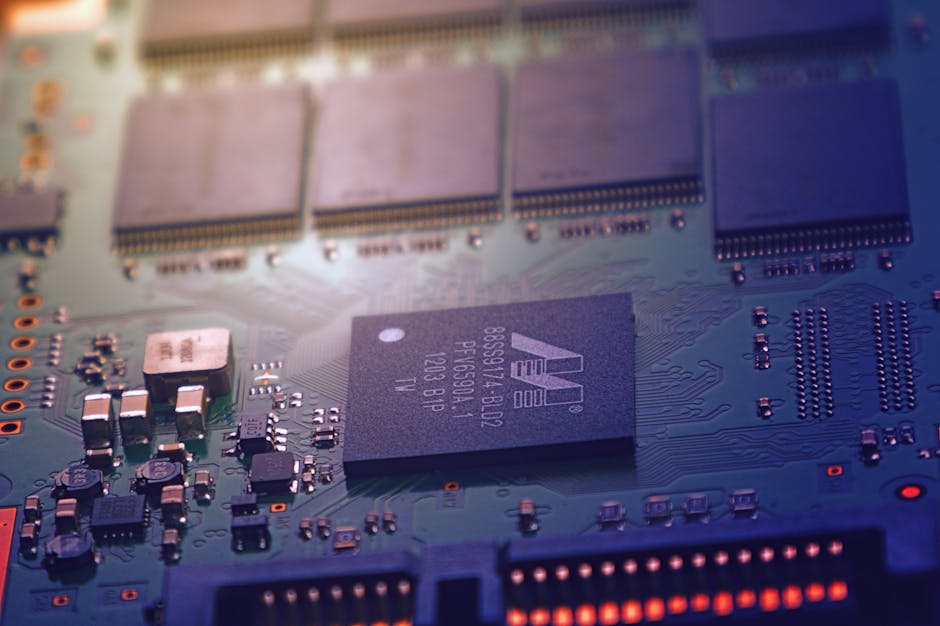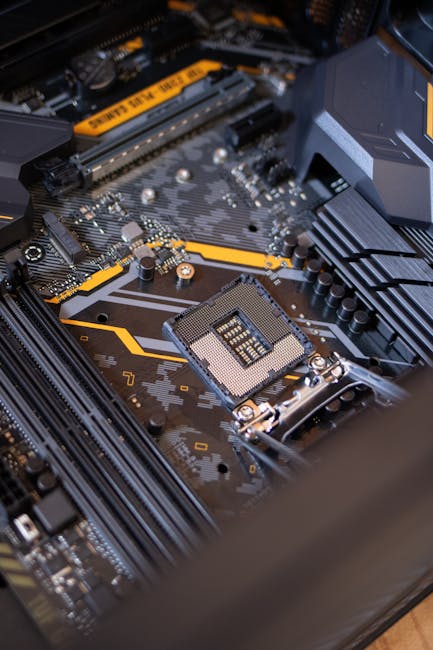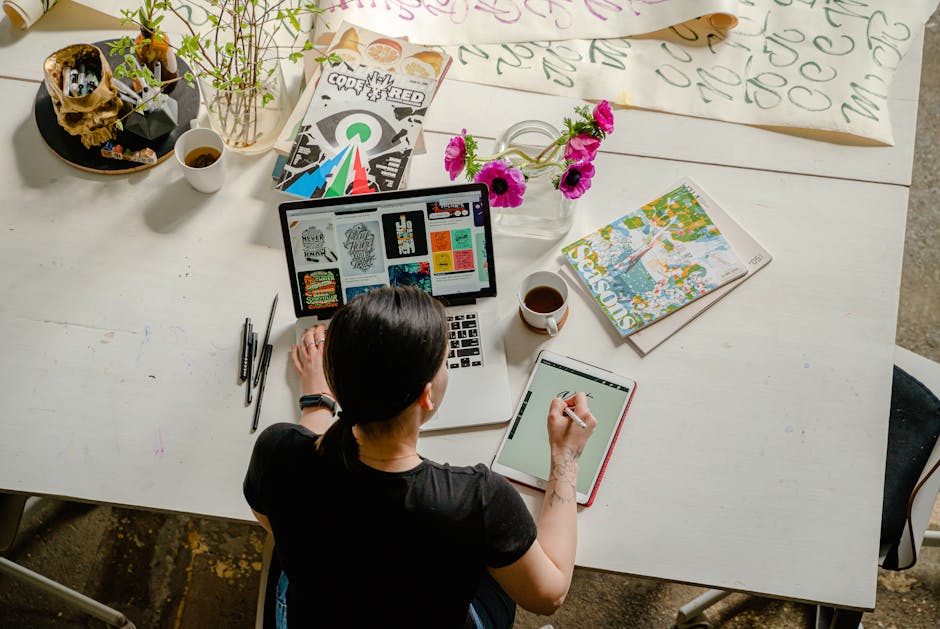
Are you ready to take your photography skills to the next level and master advanced photography techniques like a pro? Whether you’re a hobbyist looking to enhance your creative vision or a professional seeking to elevate your craft, understanding and implementing advanced photography techniques can truly set your work apart. In this comprehensive guide, we will explore some key tips and insights to help you unlock the full potential of your photography skills and create stunning, professional-quality images.
To truly excel in photography, it is essential to go beyond the basics and delve into more advanced techniques that can elevate your work to new heights. One of the fundamental aspects of advanced photography is mastering the art of composition. Composition is the arrangement of elements within a photograph, such as lines, shapes, colors, and textures, to create a visually pleasing and impactful image. By understanding and applying principles of composition, such as the rule of thirds, leading lines, and symmetry, you can create images that are not only technically sound but also visually engaging.
Another crucial aspect of advanced photography is understanding and mastering different lighting techniques. Light plays a pivotal role in photography, influencing the mood, atmosphere, and overall quality of an image. By learning how to manipulate and control light effectively, you can create striking and dynamic photographs that stand out. Experiment with techniques such as backlighting, side lighting, and low key lighting to add depth and dimension to your images.
In addition to composition and lighting, mastering advanced photography techniques also involves understanding your camera settings and how to use them to your advantage. Take the time to familiarize yourself with manual mode and explore settings such as aperture, shutter speed, and ISO to gain more control over your images. By adjusting these settings based on the desired effect you want to achieve, you can create images that are truly unique and reflective of your creative vision.
Furthermore, don’t underestimate the power of post-processing in enhancing your photographs. Editing software such as Adobe Lightroom or Photoshop can help you fine-tune your images, adjusting exposure, color balance, and sharpness to achieve the desired look. Experiment with different editing techniques and develop your own editing style to give your photographs a professional finish.
When it comes to advanced photography, practice and experimentation are key. Don’t be afraid to step out of your comfort zone, try new techniques, and push the boundaries of your creativity. Take the time to study the work of other photographers, attend workshops or classes, and seek feedback from peers to continually improve and refine your skills.
In conclusion, mastering advanced photography techniques requires dedication, practice, and a willingness to continuously learn and grow. By understanding the principles of composition, mastering lighting techniques, experimenting with camera settings, and honing your editing skills, you can take your photography to the next level and create images that truly stand out. Remember, photography is a journey of continuous learning and discovery, so embrace the process and enjoy the creative journey ahead.






